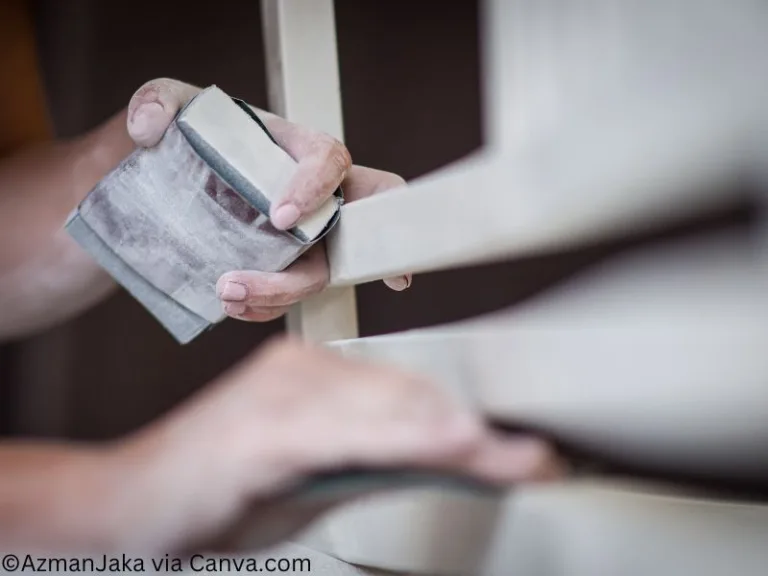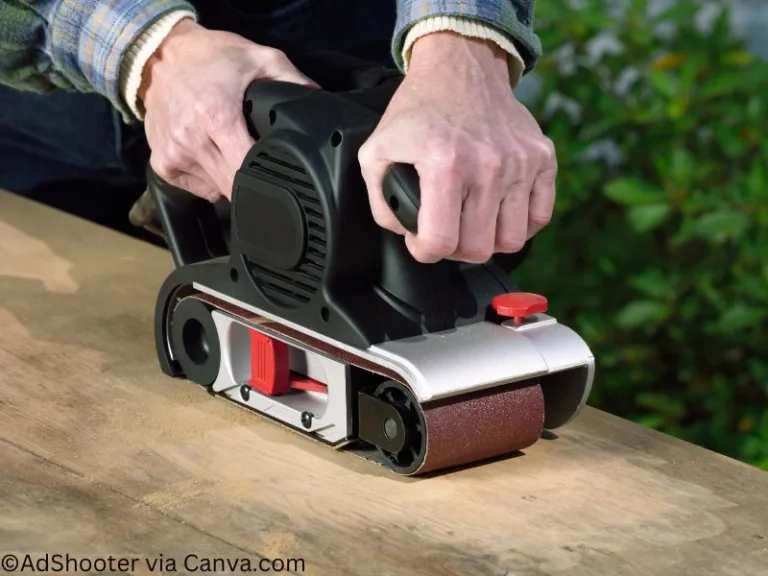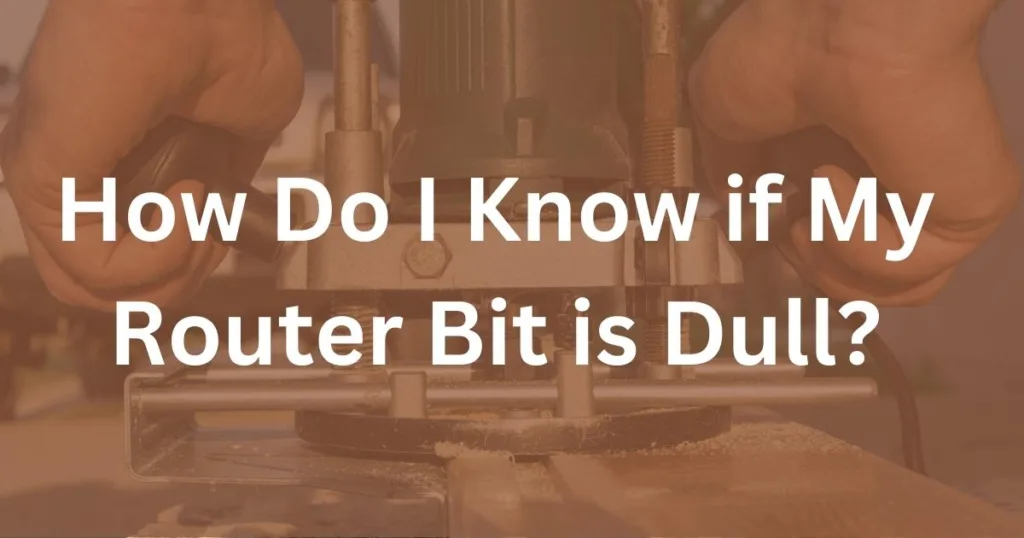
In the world of woodworking, sanding is a necessary step on the journey to making a beautiful project look its best. If you are new to woodworking or even if you have been around for a bit, there is no doubt that you have seen loads of information about different power sanders and which one is right for your project.
With all the information about these wonderful power tools, it may seem that hand sanding is a thing of the past. When I first got into woodworking, that was my thought process.
Why would I even need to resort to the slow, painstaking process of hand sanding when I can buy a power sander for under $100? I can just rip right through the sanding stage and get on to staining.
Now that I know that this is not the case at all, I wanted to help provide others with a clear comparison to help anyone that may be under the same impression as I was.
I decided to do some research on random orbital sanders versus hand sanding, and determine which is best to use and in what situation. This is what I came up with in my research.
A random orbital sander is best used to speed up general sanding and is especially useful over large flat surface areas. Hand sanding is best suited as a final pass, in tight corners, and for complex shapes. Overall, the two types of sanding should be used together to achieve the best results.

Both styles of sanding can prove to be the best depending on the task, and that’s why we will take a closer look into when you should use each type of sanding in the next section.
Random Orbital Sander & Hand Sanding: When You Should Use Them
We have already determined that both a random orbital sander and hand sanding should be used together on a project to obtain the best results. We also briefly discussed the areas in which they excel. In this section, we will look closer at when you should use each type of sanding at different points in your project.
When is it Best to Use the Random Orbital Sander?
The random orbital sander is an excellent power sanding tool to have in the workshop. It allows you to quickly achieve a smooth finish with minimal detectable scratches on the surface. It excels at smoothing out large surface areas in a relatively short amount of time. So it is a huge time saver when it comes to the sanding portion of your project.
However, it is not the end all be all in your workshop. It has a few areas where it just falls short of being able to fully complete all the sanding of your project. The sanding disc is circular, so sanding any corners will be out of the question.
It really can only handle large flat surface areas well, and can’t sand rounded surfaces or complicated areas. It also does not sand ‘with the grain’ as it orbits about a point, causing it to sand in all directions.
It is best to use the random orbital sander when you are trying to smooth out large, flat surfaces.
When is it Best to Use Hand Sanding?
Hand sanding has several use cases, that can pick up the slack where the orbital sander falls short. One of those areas is reducing visible scratches.
Despite its best efforts, the random orbital sander will leave behind scratches in the wood that can be detectable after applying a finish.
The randomness of an orbital sander is not able to eliminate these scratches but instead minimizes them. This is because the sander sands in all directions, including against the grain.

After using the random orbital sander, you can use hand sanding as a final pass.
Hand sanding with the grain after using the orbital sander will align the scratches in the direction of the grain making them much less detectable.
Hand sanding is also useful for getting into tight corners where the orbital sander is unable to go. In addition to tight corners, the orbital sander can’t sand complex shapes or rounded edges very well. This is where you can use a variety of sanding tools to hand sand complex shapes, such as decorative trim or round surfaces created by a router.
Is There a Better Power Sander Alternative to Hand Sanding?
This article directly compares a random orbital sander and hand sanding. However, there is a multitude of different power sanders available to woodworkers. So the question is this, “Are there any other power sander alternatives, other than a random orbital sander to eliminate hand sanding?”.
The answer is this: There are plenty of power sanding alternatives that when used in combination with each other, can reduce the amount of hand sanding required by your project. However, there is no direct power sander replacement for hand sanding.

There are other power sanders available that can help with some of the downfalls of the orbital sander. One of these is the detail sander. It is much smaller and its unique shape can allow it to sand in tight corners where an orbital sander can’t venture.
Another option is a belt sander, which can take off large amounts of material and can sand with the grain. However, they can tend to be quite aggressive and can easily take off too much material or cause deep unwanted scratches in the wood.
Conclusion
When it comes to sanding your project, the best choice between an orbital sander and hand sanding, is actually both. An orbital sander can really reduce sanding time, and then hand sanding as a final pass can get your project looking its best without taking all day. The best setup would be to have multiple power sanders for the different aspects of your project, but be prepared to finish the sanding process by hand.
If you were trying to choose one or the other and didn’t want to use both types of sanding, then hand sanding is the way to go hands down. You will have finer control, minimal sanding scratches, and can reach all the nooks and crannies with the right setup. When you go to apply your stain or finish, you will have a much better chance at having a beautiful, professional looking project.


